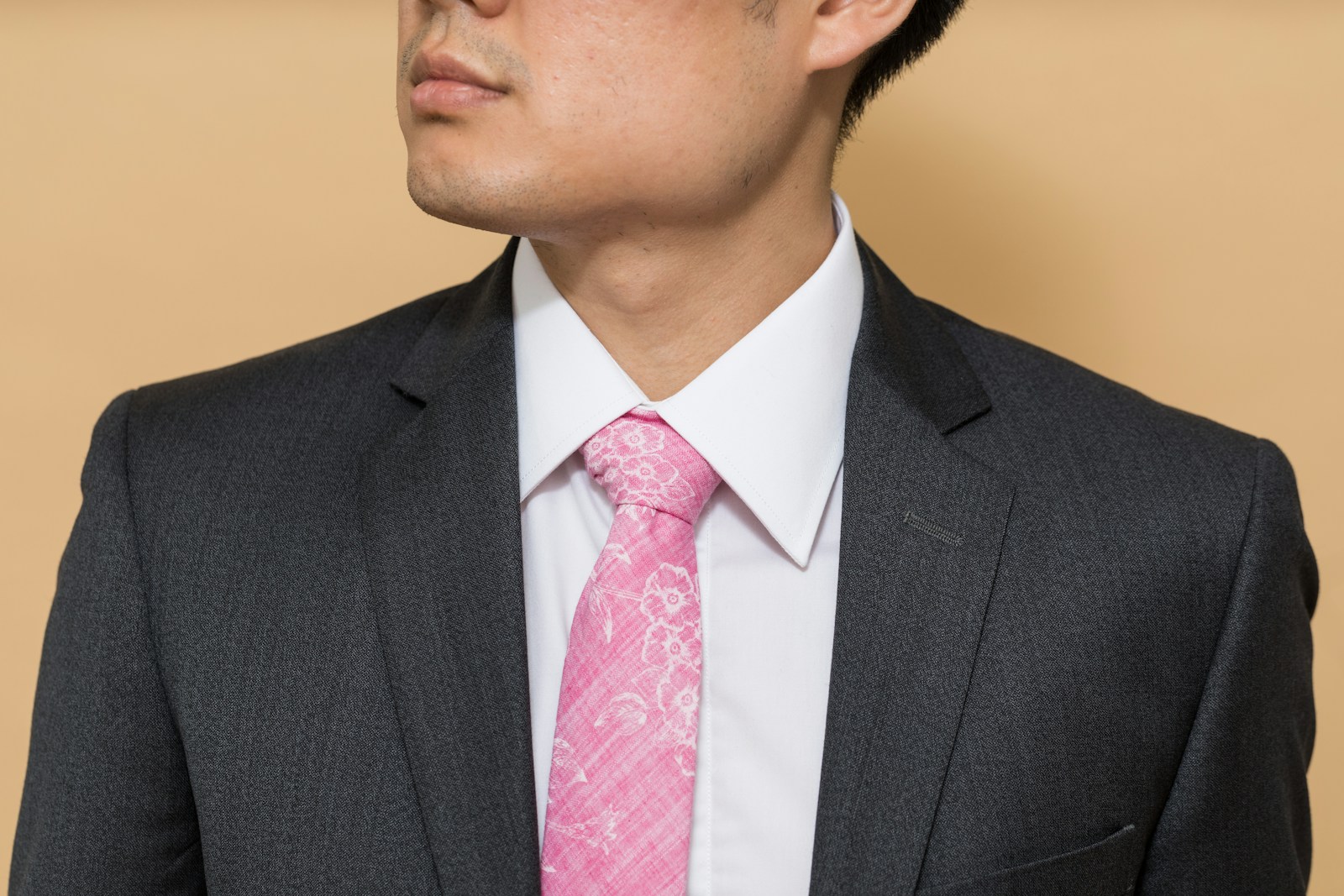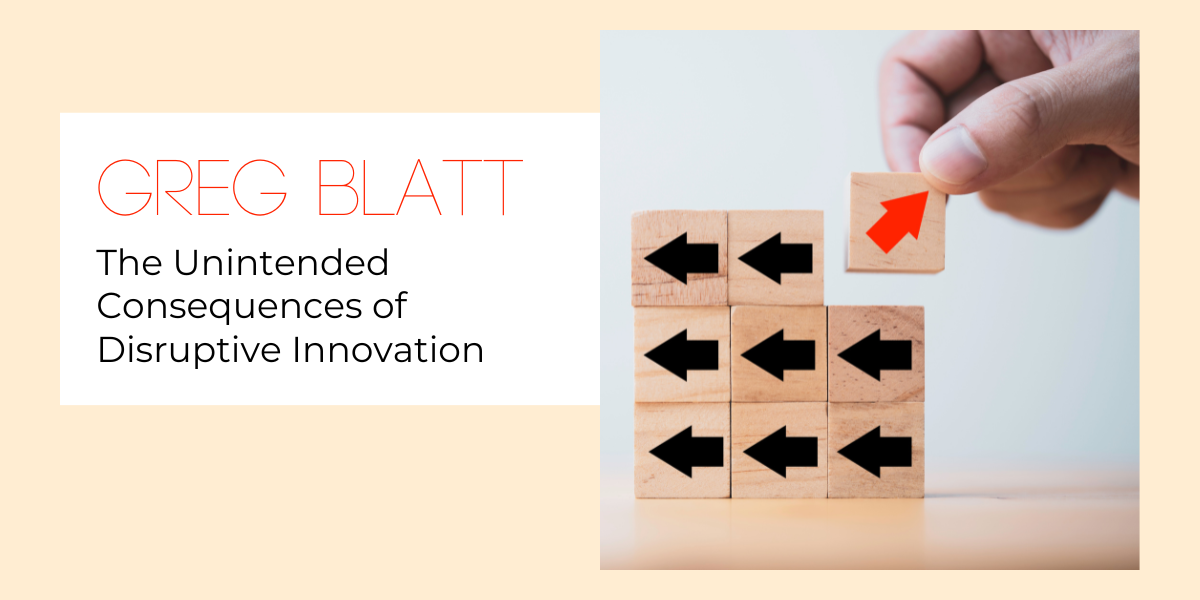Introduction to Brick and Mortar Businesses
In the digital age, the relevance and resilience of brick and mortar businesses continue to be a topic of interest. These physical stores, standing in stark contrast to their online counterparts, offer a tangible and immersive experience that keeps customers coming back. Unlike e-commerce, brick and mortar businesses provide customers the opportunity to see, touch, and try products before making a purchase. This tactile experience fosters a deeper connection with the product, and by extension, the brand.
Even with the rise of online shopping, brick and mortar stores continue to hold their ground. They offer a personalized shopping experience that online platforms find hard to replicate. The friendly store assistant who remembers your name, the smell of fresh products, the joy of physically unearthing a gem in a sale bin, these experiences are unique to brick and mortar stores.
However, the success of a brick and mortar business is not simply about having a physical presence. It goes beyond that. It’s about enhancing and leveraging that presence to create a meaningful and memorable shopping experience. This is where the concept of in-store presence comes into the picture.
The Importance of In-Store Presence
In-store presence is how a brick and mortar store presents itself to its customers. It encompasses everything from store design and layout to the product display, ambiance, and customer service. In-store presence is vital because it influences customers’ perception of a brand and their shopping experience.
A strong in-store presence can help a brick and mortar store stand out in a crowded market. It can attract more customers, increase sales, and build brand loyalty. It can turn a casual window shopper into a loyal customer. A well-thought-out and executed in-store presence can differentiate a store from its competitors and give it a competitive edge.
However, building a strong in-store presence is not a one-time effort. It requires continuous evaluation and improvement. It involves understanding customer behavior, leveraging store promotion, and implementing effective marketing strategies. And in today’s tech-savvy world, it also means embracing technology in store operations.
The Role of Marketing in Brick and Mortar Stores
In the world of brick and mortar businesses, marketing plays a pivotal role. It helps in attracting customers, promoting products, and building brand awareness. Marketing in brick and mortar stores is not just about running promotional campaigns. It’s about creating a complete shopping experience that resonates with customers.
Store promotion is a key aspect of marketing in brick and mortar stores. It includes everything from sales and discounts to in-store events and product demonstrations. Store promotion can help attract customers, drive sales, and create a buzz around the store. However, to leverage store promotion effectively, businesses must first understand what it entails.
Understanding and Leveraging Store Promotion
Store promotion is an integral part of marketing in brick and mortar businesses. It’s about creating awareness and generating interest in the store and its products. Store promotion can take many forms, from traditional methods like window displays and in-store signage to modern techniques like social media promotion and email marketing.
However, the effectiveness of store promotion depends on how well it is executed. A well-planned and executed store promotion can attract customers, drive sales, and enhance the in-store presence. It can create a buzz around the store and encourage customers to visit and make a purchase.
To leverage store promotion effectively, businesses must understand their target audience and what appeals to them. They must keep track of the latest trends and incorporate them into their promotional strategies. They must also be creative and innovative in their approach, using different methods and mediums to reach and engage their customers.
Tip 1: Enhancing Store Layout and Design
The layout and design of a brick and mortar store play a significant role in its in-store presence. A well-designed store can attract customers, make shopping easier and more enjoyable, and enhance the overall shopping experience.
The store layout should be intuitive and easy to navigate. The products should be arranged in a way that makes sense to the customer, with related products placed near each other. The store should also have clear signage to guide customers to different sections of the store.
The design of the store should reflect the brand’s identity and appeal to its target audience. It should create a welcoming and comfortable atmosphere that encourages customers to spend more time in the store. The use of colors, lighting, and materials should align with the brand’s image and resonate with its customers.
Tip 2: The Power of LED and Neon Signs
May from Neon By Design said, “LED and neon signs are powerful tools for enhancing the in-store presence of a brick-and-mortar store. These bright and eye-catching signs can attract customers, promote products, and create a unique ambiance in the store.”
LED signs are energy-efficient and durable, making them a cost-effective option for store signage. They can be used to display promotional messages, product information, or simply the store’s name. They can also be programmed to change messages, making them a versatile tool for store promotion.
Neon signs, on the other hand, have a nostalgic charm that can add a unique touch to a store. They can create a warm and inviting atmosphere that appeals to customers. Neon signs can be custom-made to reflect the brand’s image and create a memorable in-store presence.
Tip 3: Crafting a Unique In-Store Experience
Creating a unique in-store experience is crucial for the success of a brick-and-mortar store. The ins and outs of LED Neon signs show it’s about offering something distinct that customers can’t find elsewhere. It’s about transforming shopping into a memorable experience rather than a mundane task.
This can be achieved by offering personalized customer service, hosting in-store events, or providing exclusive products. It could also involve creating a unique store ambiance through music, aroma, or interactive displays. Crafting a unique in-store experience can help a store stand out in a crowded market and build a loyal customer base.
Tip 4: Implementing Effective Marketing Strategies
Implementing effective marketing strategies is key to enhancing the in-store presence of a brick and mortar store. These strategies should be designed to attract customers, promote products, and build brand awareness.
This can involve running promotional campaigns, leveraging social media, or partnering with other businesses for joint promotions. It could also involve using customer data to personalize marketing messages and offers. Implementing effective marketing strategies can help a store increase its business exposure, footfall, and sales.
Tip 5: Embracing Technology in Your Store
In today’s tech-savvy world, embracing technology is essential for the success of a brick and mortar store. Technology can enhance the in-store presence of a store, streamline its operations, and improve its customer service.
This can involve using digital signage, interactive displays, or mobile payment solutions. It could also involve using analytics to understand customer behavior and preferences. Embracing technology can help a store stay relevant and competitive in the digital age.
Conclusion: The Future of Brick and Mortar Stores
Despite the rise of online shopping, brick and mortar stores continue to hold their ground. They offer a unique shopping experience that online platforms find hard to replicate. However, to stay relevant and competitive, brick and mortar stores must continuously evolve and adapt.
They must enhance their in-store presence, leverage store promotion, and implement effective marketing strategies. They must also embrace technology and create a unique in-store experience. By doing so, they can turn their brick and mortar store into gold.







